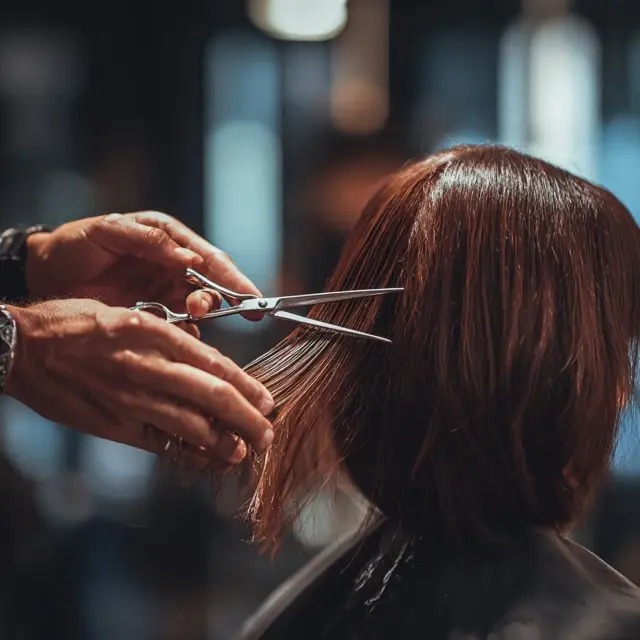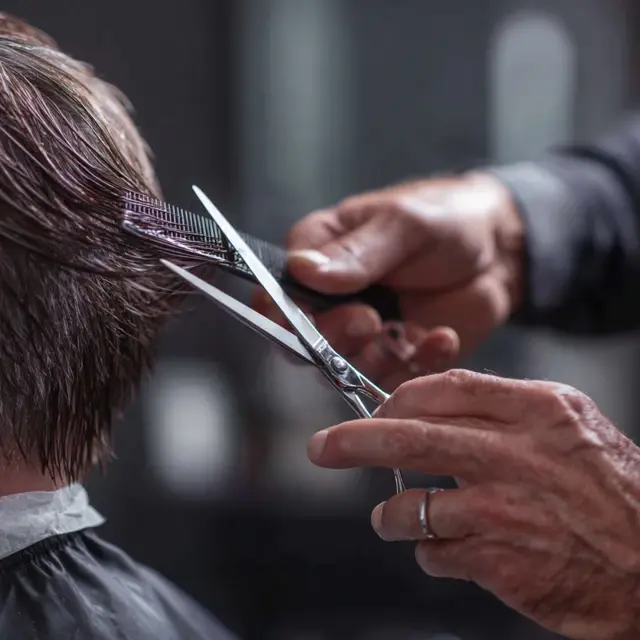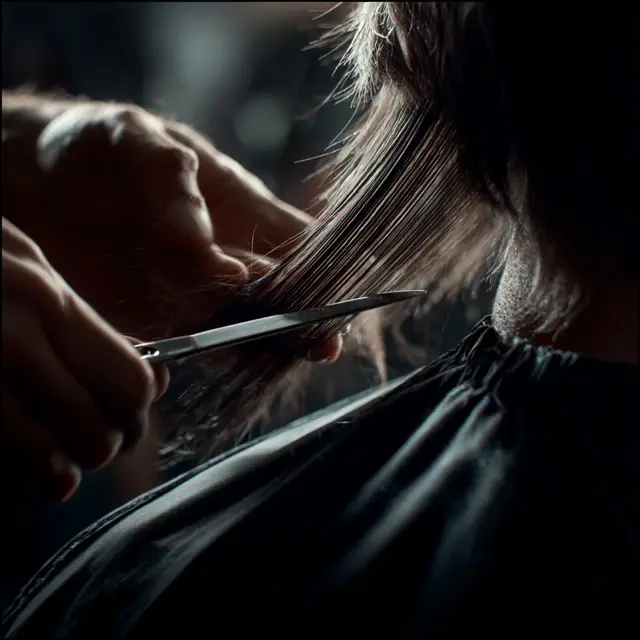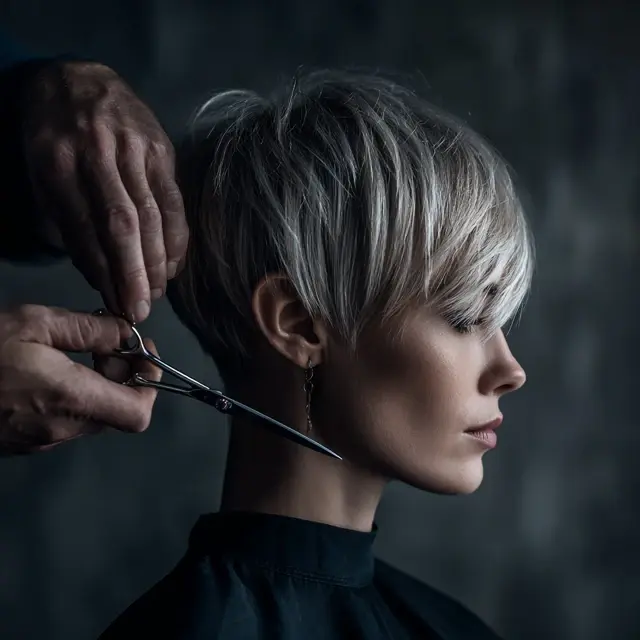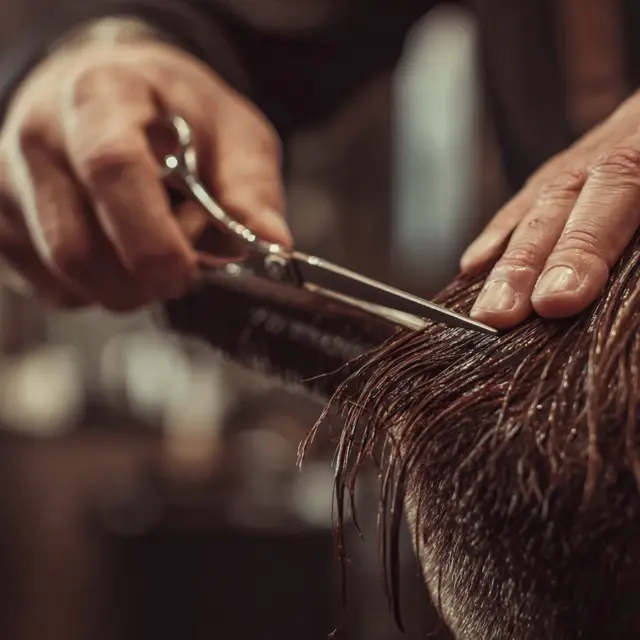Top Techniques with Thinning Hair Scissors Explained
Thinning hair scissors are an essential part of every stylist’s toolkit. While standard hair scissors shape and define, thinning shears refine and soften. Knowing how to apply specific techniques ensures every haircut looks seamless, balanced, and naturally styled.
Why Techniques Matter with Thinning Hair Scissors
Because thinning scissors remove bulk without cutting entire sections, their effectiveness depends on technique. Used correctly, they provide volume control, texture, and flow. Used incorrectly, they can create uneven patches or frizz.
Top Thinning Hair Scissors Techniques
1. Blending Layers
Blending is one of the most common uses for thinning scissors. By cutting into the mid-lengths of layered hair, stylists soften sharp transitions and create a smooth flow. This technique ensures that no single layer looks disconnected.
2. Feathering the Ends
To avoid blunt or heavy tips, stylists lightly run thinning scissors along the ends. This produces a feathered effect that gives hair a natural bounce and movement.
3. Root Weight Reduction
For thick hair that feels heavy at the roots, thinning scissors can remove bulk close to the scalp without sacrificing length. This creates lift and volume, especially for shorter styles.
4. Slide Cutting with Thinning Scissors
Stylists slide the scissors down the hair shaft while gently closing the blades. This technique thins hair gradually, creating texture without noticeable lines.
5. Blending Extensions
When adding extensions, thinning scissors are invaluable for merging them seamlessly with natural hair. They reduce bulk at the join and ensure the extensions fall naturally.
When to Apply Each Technique
- Blending layers: Best for layered bobs, lobs, or shags.
- Feathering ends: Ideal for long cuts that need softness and flow.
- Root reduction: Perfect for clients with thick, heavy hair.
- Slide cutting: Works well for textured styles and casual finishes.
- Extension blending: Ensures professional, natural-looking results.
Tips for Perfect Results
- Always start with small cuts—less is more when thinning.
- Work on dry hair for clearer visibility of texture and balance.
- Keep thinning to mid-lengths and ends unless targeting root lift.
- Pair thinning scissors with professional hair scissors to shape before refining.
Choosing the Right Tool
The right thinning hair scissors make a difference in results. High-tooth shears (30–40 teeth) are best for blending and feathering, while lower-tooth shears (20–30 teeth) are better for texture and bold effects. Selecting high-quality steel ensures longevity and precision.
Conclusion
From blending layers to refining ends, thinning hair scissors are the key to natural, salon-quality finishes. By mastering these top techniques, stylists can transform heavy, blunt cuts into soft, balanced styles that clients love.
